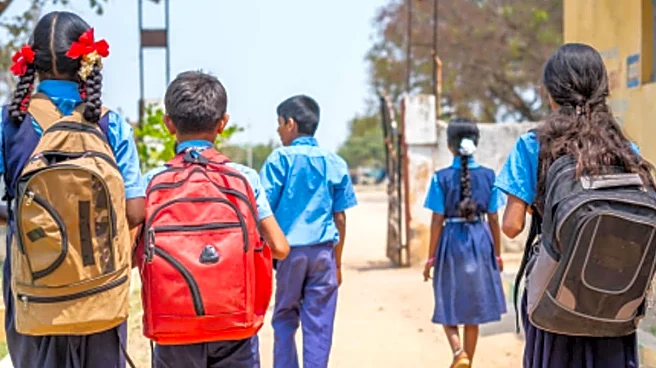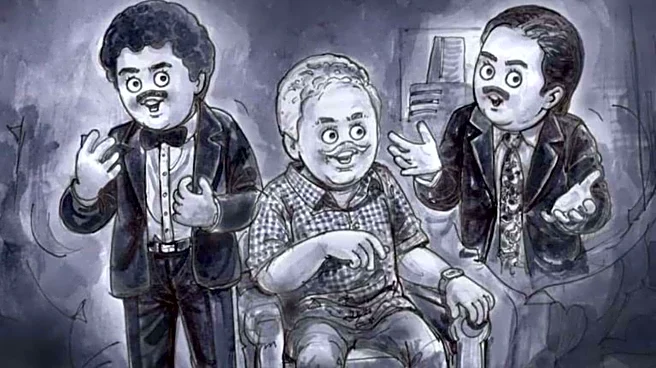The people we are surrounded by inevitably shape the habits and behaviours we pick up. In the case of school-going children, this effect is multiplied by virtue of being surrounded by peers and friends
more than adults. The effects of bullying during childhood are palpable and easy to identify. However, it is assumed that once the affected child grows up, the icicles of pain and trauma melt into the spring of youth. It is this very assumption that leads us to ignore the long-lasting effects that pose a threat to the quality of life throughout one’s life.
Bullying is often understood as an isolated, individual problem—a matter that can be solved through resilience on the part of the victim and imposition of disciplinary action on the bully. However, such a myopic understanding of the phenomenon tends to obscure the larger social impact it has on society. The ripples of emotional scars, social withdrawal, and mistrust experienced by the victims of bullying in childhood eventually transform into surging waves that alter health and behaviour patterns in adulthood.
So far, bullying is only seen as consisting of two stakeholders—bullies who intentionally and systematically abuse the imbalance of power, and victims who suffer. However, there is also a third classification we must familiarise ourselves with—the bully-victims. Bully-victims are those who perpetrate bullying against others, as well as are, or have been, victims of bullying themselves. This third classification of children is especially prone to adverse financial, social, educational, and health risks in adulthood.
Children who are physically weak, withdrawn, have few or no friends to stand up for them, and have poor social understanding are more likely to become victims. These victims then become vulnerable to emotional, psychological, and physical health problems. This, in turn, affects their academic achievement, later affecting their career and income. In stark contrast, pure bullies are often children who are physically strong, healthy, and competent in emotional recognition, which enables them to effectively manipulate their victims. They are deviant in their behaviours, which puts them at risk for later offences such as juvenile delinquency or crimes in adulthood.
Bully-victims are often the most troubled of all—they are impulsive, easily provoked, have low self-esteem, and have a poor understanding of social cues. Since they often come from dysfunctional families, it has been contested that pre-existing emotional and behavioural problems might be the root cause of problems in childhood rather than bullying. However, we must also take the chronicity of bullying into account. Those who are chronically bullied by peers tend to have a higher risk for psychiatric problems and maladjustments as compared to those who are bullied at only a single point in time. Chronic victims have significantly higher levels of social adjustment issues and greater financial problems.
In adulthood, bully-victims tend to show the worst health outcomes, including regular smoking, higher risk of serious illnesses, and a slower rate of recovery. Similarly, in adulthood, bullies tend to show risky and illegal behaviours such as felonies and substance abuse. While all three groups show difficulty in keeping jobs, bullies and bully-victims in particular display impaired educational attainment. Additionally, they also follow a trend of experiencing disrupted social functioning and relationships.
Predispositions such as coming from deprived families, poor emotional recognition, mental health problems, and lack of resources to deal with such disadvantages lead to children becoming victims of bullying. When these victims resort to bullying others as an unhealthy coping mechanism in order to “get back” at others for the distress they have had to endure, they transition into the bully-victim hybrid. Astonishingly, they may also ally with their own bullies against those weaker than them as a way to redirect attention from themselves and avoid becoming a target.
The degree and salience of maladjustments in adulthood are dependent on how the psyche was affected during childhood bullying. Genetic vulnerability is a pre-ordained outcome that cannot be altered. For instance, when disruptions in the serotonin transporter genes coincide with altered psychological responses to stress as a result of bullying, the entire cognitive circuit is rewired, thus resulting in socio-emotional regulation problems that eventually lead to adulthood problems. Another such route is the alteration of the hypothalamic-pituitary-adrenal (commonly abbreviated as the HPA axis). HPA axis disruptions are a common cause for mood disorders, depression, and sleep problems. An imbalance in the HPA axis leads to susceptibility in the body’s immune system, causing the child’s social cognition and neurocircuitry to be reshaped. Hypervigilance to hostile cues is a telltale sign, which not only affects how a child interacts with peers, but also parents, friends, and genuine well-wishers.
Bullying is viewed as a transient phase in children’s lives, and its effects are hardly considered as a factor in the long run when bullies, victims, or bully-victims undergo problems during their teenage years or adulthood. When the effects are so severe and life-altering, we must step back and take a macro view at how it affects not only individuals but also society at large. The effects bleed their way into a greater burden on healthcare institutions, crumbling socio-cultural interactions, and the most basic component of human society—empathy.
Yashee Jha, a multi-faceted student, is an avid commentator on various topical issues. Views expressed in the above piece are personal and solely those of the author. They do not necessarily reflect News18’s views












